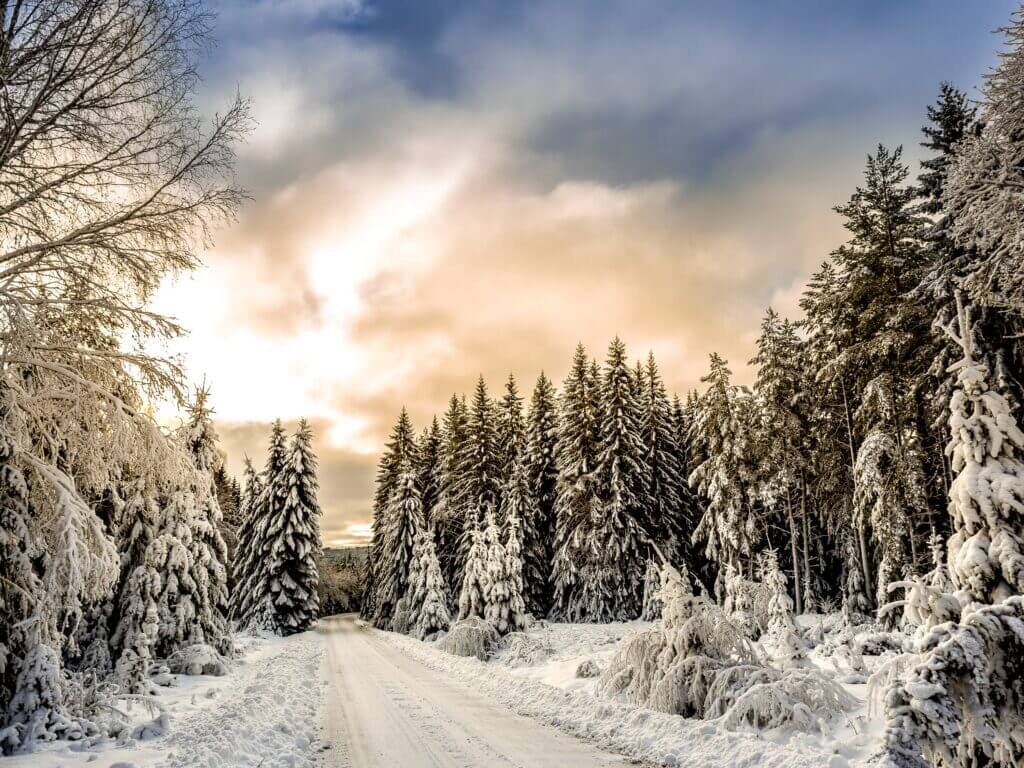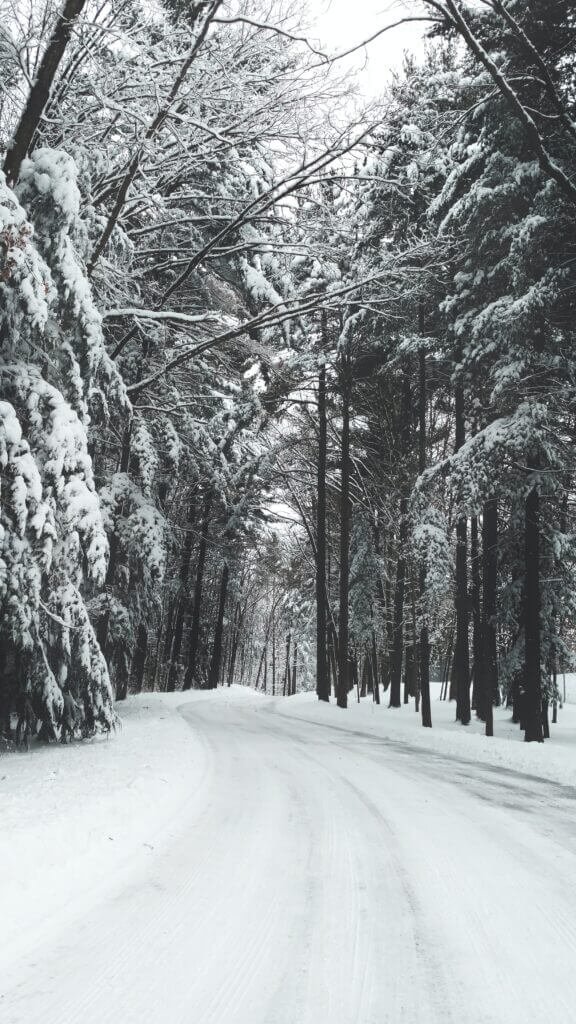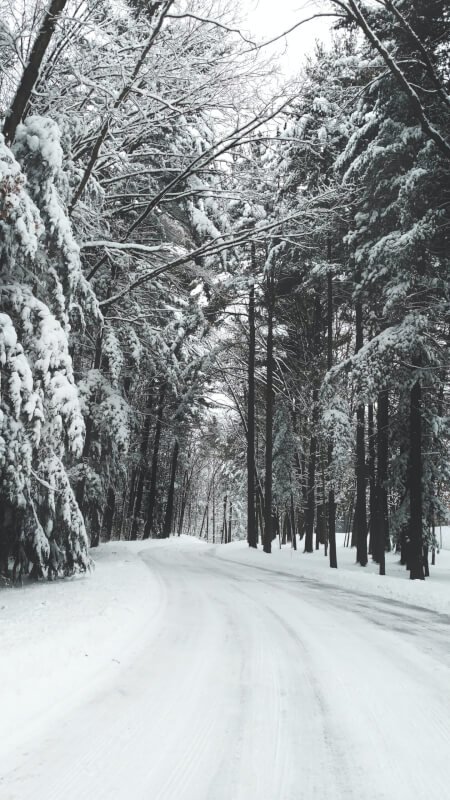Are you itching to get outside and explore nature even during the winter or colder seasons? You may be wondering if it’s possible to go camping during this time. Well, good news! Camping in the winter or colder seasons is not only possible but also a unique and rewarding experience. From cozying up around a bonfire to enjoying picturesque winter landscapes, there’s a whole new world waiting for you to discover. So, grab your winter gear and embark on an unforgettable adventure in the great outdoors.

Choosing the Right Camping Location
Consider the Climate
When selecting a camping location during the winter or colder seasons, it’s essential to consider the climate of the area. Look for places that experience mild winters or have a reputation for being winter-friendly. Check the average temperatures, precipitation levels, and weather conditions during the time you plan to go camping. Ideally, you want to choose a location with moderate temperatures and less risk of extreme weather events.
Research Campgrounds
Before heading out on your winter camping adventure, take the time to research various campgrounds in your desired location. Look for campgrounds that are open during the winter season and offer amenities such as heated restrooms, electricity hookups, and water sources that won’t freeze. Additionally, check if the campground provides access to winter recreational activities like skiing, snowboarding, or snowshoeing. Choosing a campground that caters to winter campers will greatly enhance your outdoor experience.
Look for Winter-Friendly Facilities
While not all campgrounds offer winter-friendly facilities, it’s worth investigating if there are any nearby that do. Look for facilities such as warming huts, shelters, or lodges where you can take a break from the cold and warm up. Having access to these amenities can provide a much-needed respite during your camping trip, especially when the temperatures drop significantly.
Preparing for the Cold Weather
Invest in the Right Gear
One of the crucial aspects of winter camping is investing in the right gear to keep you warm and protected from the elements. Ensure you have a high-quality, four-season tent that can withstand colder temperatures and snow. It’s also essential to have a warm sleeping bag with a temperature rating suitable for the expected weather conditions. Additionally, consider purchasing gear such as insulated sleeping pads, camping stoves, and camping utensils designed for winter camping.
Layering Clothing
Layering your clothing is key to staying warm during cold weather camping trips. Start with a base layer made of moisture-wicking material to keep sweat away from your skin. Follow this with an insulating layer that retains heat, such as fleece or down jackets. Finally, top it off with a waterproof and windproof outer layer to protect against the elements. Don’t forget to wear warm socks, gloves, and a hat to keep extremities warm. It’s also wise to pack extra clothing layers in case of unexpected weather changes.
Insulating Your Sleeping Arrangements
To ensure a good night’s sleep during cold weather camping, insulate your sleeping arrangements. Place an insulated sleeping pad underneath your sleeping bag to provide an extra barrier between you and the cold ground. An alternative is to use a foam pad or an air mattress designed for cold weather camping. Additionally, consider using a sleeping bag liner or adding a fleece blanket to increase insulation and trap body heat.

Food and Cooking Considerations
Choosing High-Energy Foods
During cold weather camping, your body requires more energy to stay warm. Therefore, it’s important to choose high-energy foods that will fuel your body properly. Opt for foods high in protein and healthy fats, such as nuts, dried fruits, energy bars, and jerky. Pack foods that are easy to prepare and don’t require a lot of cooking time or effort. Canned soups, instant noodles, and dehydrated meals are great options for warm and hearty meals on chilly camping nights.
Hot Meals and Drinks
Nothing beats a hot meal or drink to warm you up during winter camping. Bring a camping stove or a portable grill to cook warm meals, such as stews, chili, or pasta dishes. Don’t forget to pack a thermos to keep hot drinks like coffee, tea, or hot chocolate readily available throughout the day. Warm meals and drinks can help raise your body temperature and provide comfort during the cold winter days and nights.
Cooking Methods
When cooking during winter camping, it’s important to consider the cooking methods that work best in cold weather conditions. Opt for cooking techniques that require less time and fuel, such as one-pot meals or foil packet cooking. These methods not only save energy but also retain heat better, ensuring your food stays warm for longer. Additionally, pack extra fuel and keep it in a warm place to prevent it from freezing and becoming unusable.
Building a Proper Winter Campfire
Selection of Firewood
Building a campfire during winter camping can be a challenge, but with the right selection of firewood, you can ensure a warm and cozy fire. Look for seasoned hardwood such as oak or maple, as they provide a longer burn time and more heat. Avoid using softwoods like pine or cedar, as they tend to burn quickly and produce less heat. Gather firewood from dead and fallen trees or purchase firewood from local vendors to prevent damage to live trees.
Using Fire Starters
Igniting a fire in cold weather can be tricky. To make this task easier, pack fire starters such as commercially available fire starter sticks, cotton balls soaked in petroleum jelly, or dryer lint. These materials help ignite the fire quickly and efficiently, even in damp conditions. Always remember to follow proper fire safety protocols and ensure the fire is fully extinguished before leaving the campsite or going to sleep.
Building the Fire Pit
A proper fire pit is essential for safe and efficient winter campfires. Choose a location away from flammable materials, such as dry grass or overhanging branches. Clear the area of snow and create a flat and even surface for the fire pit. Use rocks or metal fire rings to contain the fire and prevent it from spreading. Additionally, ensure there is proper ventilation to allow for efficient burning of the firewood.
Managing Fire Safety
When camping during the winter, it’s crucial to prioritize fire safety to prevent accidents and potential wildfires. Always keep an eye on the fire, never leaving it unattended. Ensure you have water or a fire extinguisher nearby to quickly extinguish the flames if necessary. Before leaving the campsite or going to sleep, make sure the fire is completely extinguished. Douse it with water and stir the ashes until they are cool to the touch. Practice Leave No Trace principles by not burning trash or leaving any remnants of the fire behind.

Staying Warm and Dry
Setting Up a Quality Tent
A quality tent is vital for staying warm and dry during winter camping. Look for a four-season tent designed to withstand colder temperatures, high winds, and snow loads. The tent should be made of durable and waterproof materials and have a sturdy structure that can handle the weight of snow if it accumulates. Before setting up the tent, clear the area of snow and create a level surface to ensure proper tent setup and prevent water from pooling.
Using Tarps and Rain Flys
In addition to a quality tent, using tarps and rain flys can provide extra protection from the elements. Set up additional tarps over your tent to create a waterproof barrier and provide insulation. You can also use tarps to create a covered area for cooking or storing gear. Make sure the tarps are securely fastened and pitched at an angle to allow rain or snow to slide off. A rain fly, specifically designed for your tent, can also offer added protection against moisture and wind.
Proper Groundsheet Placement
To further protect the inner area of your tent from moisture and cold, place a groundsheet or tarp underneath your tent. This will act as a barrier between the tent floor and the cold ground, preventing heat loss and dampness. Make sure the groundsheet extends slightly beyond the edges of the tent to prevent water from seeping in. When setting up the groundsheet, ensure it is taut and the edges are properly secured to prevent tripping hazards and moisture accumulation.
Understanding Winter Camping Hazards
Hypothermia and Frostbite
Hypothermia and frostbite are significant risks when camping in cold weather conditions. Hypothermia occurs when the body loses heat faster than it can produce, leading to a dangerously low body temperature. Frostbite, on the other hand, occurs when body tissues freeze due to prolonged exposure to extreme cold. To prevent these hazards, dress in warm layers, stay dry, and avoid prolonged exposure to cold temperatures. It’s important to recognize the symptoms of hypothermia and frostbite and take immediate action if you or anyone in your camping group experiences them.
Avalanche Risk
If you plan to camp in mountainous areas, be aware of the risk of avalanches. Avalanches can occur suddenly and be extremely dangerous. Familiarize yourself with the local avalanche forecast and terrain characteristics before heading out. Avoid camping in avalanche-prone areas or near steep slopes. If you encounter any signs of unstable snow conditions or hear cracking or collapsing sounds, relocate to a safer area immediately.
Dealing with Icy Surfaces
Winter camping often means dealing with icy surfaces, which can pose a risk of slips and falls. To minimize the chances of accidents, wear appropriate footwear with good traction, such as insulated boots with non-slip soles. Use trekking poles or ice cleats to improve stability and prevent slips on icy trails. Take extra caution when walking near frozen bodies of water, as ice thickness can vary. Ensure that the ice is thick and stable enough to support your weight before venturing onto it.
Winter Recreational Activities
Skiing and Snowboarding
One of the highlights of winter camping is the opportunity to engage in winter recreational activities such as skiing and snowboarding. Research the area beforehand to see if there are nearby slopes or resorts that offer these activities. Pack your skiing or snowboarding gear, including appropriate clothing, helmets, and safety equipment. Enjoy the exhilaration of gliding down snowy slopes while surrounded by nature’s winter beauty.
Snowshoeing
Snowshoeing is an excellent way to explore the winter landscape and access areas not easily reached by other forms of transportation. It provides a great workout while allowing you to enjoy the tranquility of snowy forests or mountains. Rent or purchase snowshoes suitable for your weight and the type of terrain you plan to explore. Don’t forget to bring trekking poles for added stability and confidence on uneven ground.
Ice Fishing
For those who enjoy fishing, winter camping presents the opportunity to engage in ice fishing. Check if the lakes or rivers in your camping location allow ice fishing and adhere to any regulations or permits required. Pack all the necessary ice fishing equipment, including an auger or ice drill, ice fishing rods, tip-ups, and bait. Remember to dress warmly and bring a shelter or portable ice fishing tent for added comfort during your fishing experience.
Winter Wildlife Observations
Winter offers a unique chance to observe wildlife in their natural habitat when many species exhibit different behaviors. Take the time to research the local fauna and the best areas for wildlife observations. Pack binoculars, a camera with a telephoto lens, and field guides to help identify different species. Practice responsible wildlife viewing and keep a safe distance from the animals to avoid disturbing their natural behavior.
Safety and Emergency Preparedness
Informing Others of Your Plans
When embarking on a winter camping trip, always inform someone of your plans and itinerary. Provide details about your destination, estimated duration of the trip, and emergency contacts. In case of any unforeseen circumstances, this information will be essential for search and rescue teams or other parties trying to locate you. Keep in mind that weather conditions can change rapidly, and delays or emergencies may occur, so it’s crucial to stay in touch with a trusted contact person who can initiate help if needed.
Carrying Communication Devices
Communication devices are indispensable when camping in remote winter locations. Always carry a fully charged cell phone, but be aware that reception may be limited or nonexistent in certain areas. Consider investing in a satellite phone or a personal locator beacon (PLB) to ensure you have a reliable means of communication in case of emergencies. These devices can transmit distress signals and help expedite rescue efforts if you find yourself in a dangerous situation.
First Aid Kit Essentials
A well-stocked first aid kit is essential for any camping trip, and even more so during winter camping. In addition to the usual first aid supplies, make sure your kit includes items such as instant cold packs, a thermometer, extra gloves, and hand warmers. Familiarize yourself with basic first aid procedures for treating cold-related injuries and be prepared for potential emergencies. Consider taking a wilderness first aid course to enhance your knowledge and confidence in handling winter camping injuries.
Cold-Weather Clothing Tips
Choosing the Right Boots
Choosing the right boots is crucial for winter camping. Look for insulated and waterproof boots that provide warmth, traction, and ankle support. Opt for boots with a thick sole and a good tread pattern to prevent slipping on icy or snowy surfaces. Ensure your boots have ample room to accommodate warm socks and allow for proper circulation without being too tight. Don’t forget to break in your boots before heading out on your camping trip to prevent discomfort and potential blisters.
Insulated Outerwear
Invest in insulated outerwear designed specifically for cold weather camping. Look for jackets and pants with a waterproof and breathable fabric to protect against rain, snow, and wind. Insulated layers, such as down jackets or synthetic fill jackets, provide excellent warmth without excessive weight. Pay attention to features like adjustable hoods, adjustable cuffs, and drawstrings to seal out the cold air and trap body heat. Layering your outerwear allows for easy temperature regulation and adaptability to changing weather conditions.
Head and Hand Protection
Protecting your extremities from the cold is crucial for overall comfort and safety during winter camping. Wear a warm hat or beanie that covers your ears to prevent heat loss from your head. Additionally, invest in insulated gloves or mittens that provide good dexterity and are waterproof. Consider carrying hand warmers or disposable heat packs to keep your hands warm, especially during extended periods of outdoor activities. Don’t forget to pack extra pairs of gloves or mittens in case they become wet and need to dry.
Respecting Nature and Leave No Trace
Protecting Wildlife
When camping in winter, it’s particularly important to respect and protect the wildlife in the area. Avoid approaching or feeding any animals you encounter, as this can disrupt their natural behavior and create dependency on human food. Keep a safe distance and observe animals from afar. Dispose of trash properly to prevent wildlife from being attracted to your campsite. By respecting wildlife and their habitats, you contribute to maintaining the delicate balance of nature.
Proper Waste Disposal
Proper waste disposal is crucial when camping in any season, including winter. Pack out all trash and dispose of it in designated receptacles or take it home with you. Avoid throwing food scraps or waste into the environment, as this can attract animals and disturb the ecosystem. Use biodegradable soap for washing dishes and personal hygiene, and dispose of gray water away from water sources. By leaving no trace, you help preserve the beauty and integrity of the natural surroundings for future campers to enjoy.
Minimizing Campsite Impact
Minimizing your campsite impact is essential during winter camping to preserve the environment and leave it undisturbed. Choose established campsites whenever possible to minimize the impact on vegetation. Avoid trampling on fragile vegetation and stay on designated trails to prevent unnecessary damage. When setting up tents or hanging equipment, be mindful of the surroundings and avoid damaging trees or other natural features. Remember that winter ecosystems are particularly vulnerable, and your actions can have lasting effects on the environment.
In conclusion, winter camping can be a rewarding and memorable outdoor experience if approached with the right preparations and considerations. By choosing a suitable camping location, preparing for the cold weather, taking necessary safety precautions, and respecting nature, you can enjoy the beauty and serenity of the winter landscape. Embrace the unique opportunities for winter recreational activities, stay warm and dry, and create lasting memories while camping in the winter season.


